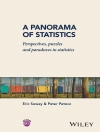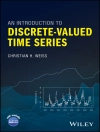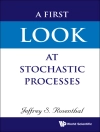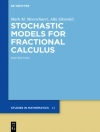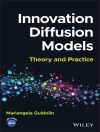The analysis of variance is presented as an exploratory component of data analysis, while retaining the customary least squares fitting methods. Balanced data layouts are used to reveal key ideas and techniques for exploration. The approach emphasizes both the individual observations and the separate parts that the analysis produces. Most chapters include exercises and the appendices give selected percentage points of the Gaussian, t, F chi-squared and studentized range distributions.
Inhaltsverzeichnis
Concepts and Examples in Analysis of Variance (J. Tukey, etal.).
Purposes of Analyzing Data that Come in a Form Inviting Us to Apply Tools from the Analysis of Variance (F. Mosteller & J.Tukey).
Preliminary Examination of Data (F. Mosteller & D.Hoaglin).
Types of Factors and Their Structural Layouts (J. Singer).
Value-Splitting: Taking the Data Apart (C. Schmid).
Value-Splitting Involving More Factors (K. Halvorsen).
Mean Squares, F Tests, and Estimates of Variance (F. Mosteller, etal.).
Graphical Display as an Aid to Analysis (J. Emerson).
Components of Variance (C. Brown & F. Mosteller).
Which Denominator?
(T. Blackwell, et al.).
Assessing Changes (J. Tukey, et al.).
Qualitative and Quantitative Confidence (J. Tukey & D.Hoaglin).
Introduction to Transformation (J. Emerson).
Appendix.
Index.
Über den Autor
DAVID C. HOAGLIN, Ph D, is a Fellow of the American Statistical Association.
FREDERICK MOSTELLER, Ph D, has been the recipient of several honorary degrees and is a former President of the American Statistical Association.
JOHN W. TUKEY, Ph D, has received the National Medal of Science as well as several honorary degrees.







